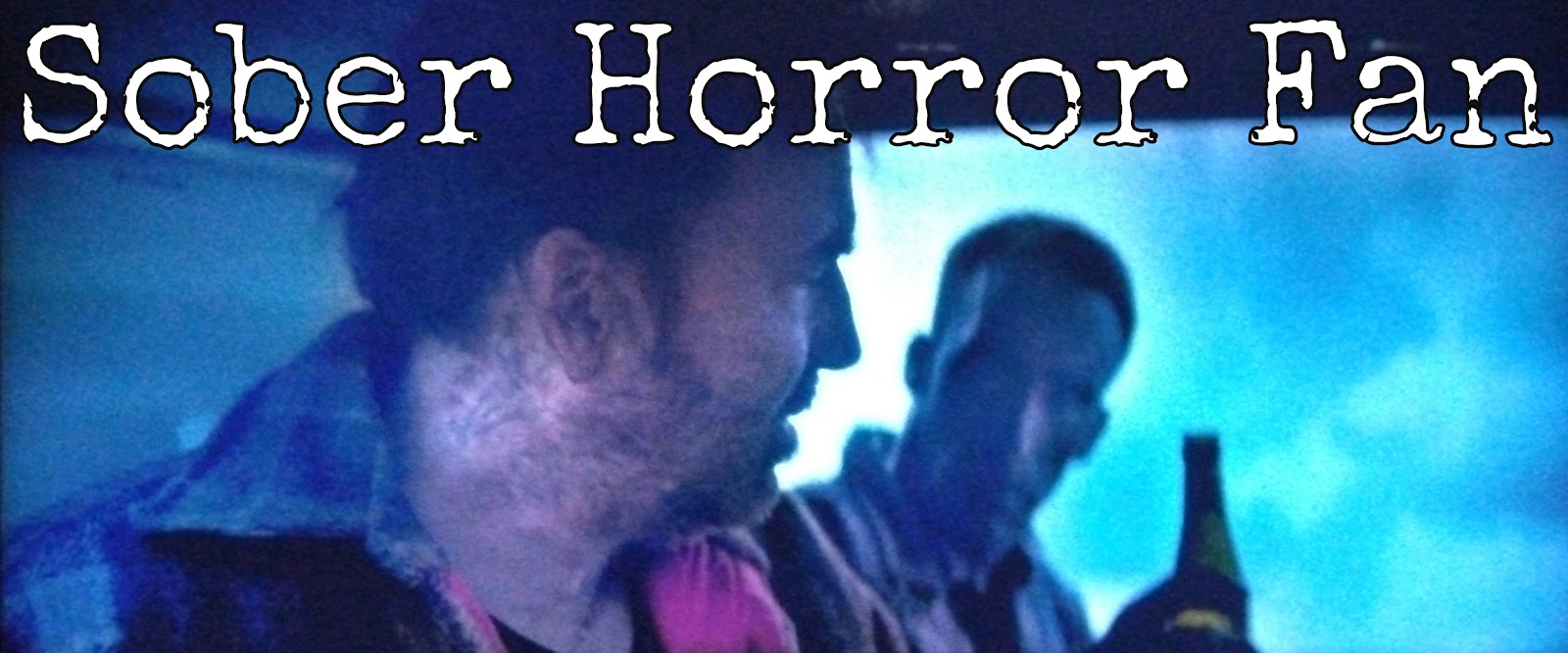Cry of the Banshee (1970)
Cry of the Banshee is one of a handful of Vincent Price films directed by Gordon Hessler that include The Oblong Box (1969), which I also watched recently. Like The Oblong Box, Cry of the Banshee purports
to be based on an Edgar Allen Poe story, a claim that is apparently
completely spurious. It certainly doesn’t resemble any Poe stories that I
have read. It has been on my radar for a while, though, as it is
usually included in the wider cannon of British “folk horror” films.
I
had no idea what to expect going into this film: it’s regarded as folk
horror. the title refers to a banshee, I’d heard that there is a
werewolf in it, and it claims to be a Poe story. I couldn’t really fit
all of those elements together cohesively in my mind to generate any
kind of expectation.
 As it turned out, the film
itself is also rather muddled. Apparently this is due to some extensive
and hasty re-writing of the script at the behest of the director. First
thing to mention is that no banshees appear in the film—at least not
banshees as they are generally thought of. There is something that looks
akin to a werewolf, but in essence, the film is about witch-hunting in
the 16th century. Price portrays a sadistic magistrate determined to
eliminate all of the witches in his jurisdiction (preferably as brutally
as possibly). In that respect it could be compared to Price’s Witchfinder General (1968), which is revered as one of the “unholy trinity” of key folk horror films. However, Cry of the Banshee is not nearly as coherently crafted as Witchfinder General.
As it turned out, the film
itself is also rather muddled. Apparently this is due to some extensive
and hasty re-writing of the script at the behest of the director. First
thing to mention is that no banshees appear in the film—at least not
banshees as they are generally thought of. There is something that looks
akin to a werewolf, but in essence, the film is about witch-hunting in
the 16th century. Price portrays a sadistic magistrate determined to
eliminate all of the witches in his jurisdiction (preferably as brutally
as possibly). In that respect it could be compared to Price’s Witchfinder General (1968), which is revered as one of the “unholy trinity” of key folk horror films. However, Cry of the Banshee is not nearly as coherently crafted as Witchfinder General. It
does play well as a rollicking sub-hammer period horror film though.
One of the things that surprised me most about the film was how
exploitative it was, with copious violence and nudity on display
throughout—and often simultaneously. I suppose I was expecting something
a bit more austere and gothic—in line with the Oblong Box or Price’s Poe films with Roger Corman.
It
does play well as a rollicking sub-hammer period horror film though.
One of the things that surprised me most about the film was how
exploitative it was, with copious violence and nudity on display
throughout—and often simultaneously. I suppose I was expecting something
a bit more austere and gothic—in line with the Oblong Box or Price’s Poe films with Roger Corman.The
plot is about…what exactly? The story is so scattered and unfocused
that it is hard to say concisely, but I suppose essentially Vincent
Price’s character, Lord Edward Whitman, while pursuing his usual hobby
of persecuting, torturing, and murdering innocent villagers under the
pretense of vanquishing evil and witchcraft, happens to cross swords
with the wrong witch—i.e., an actual witch, who decides to avenge
herself against Whitman and his family.
 One thing that irked me slightly about the film was the way that—like Night of the Demon
thirteen years earlier in 1957—it seems to portray pre-Christian
paganism and satanism one and the same thing (something I'm sure the
witchfinders themselves would approve of). At least that was my reading.
The witches are initially portrayed as a kind of druid-like group
frolicking in the forest like a hippy commune having a toga party, but
then later they are in an underground cavern invoking Satan by name and
sticking pins in effigies of their enemies. I guess it goes with the
territory though. Behind its period garb, the film is pure exploitation
fodder, and doesn’t pretend to have any aspiration to comment on the
unjust persecution of so-called “witches” in the 16th century.
One thing that irked me slightly about the film was the way that—like Night of the Demon
thirteen years earlier in 1957—it seems to portray pre-Christian
paganism and satanism one and the same thing (something I'm sure the
witchfinders themselves would approve of). At least that was my reading.
The witches are initially portrayed as a kind of druid-like group
frolicking in the forest like a hippy commune having a toga party, but
then later they are in an underground cavern invoking Satan by name and
sticking pins in effigies of their enemies. I guess it goes with the
territory though. Behind its period garb, the film is pure exploitation
fodder, and doesn’t pretend to have any aspiration to comment on the
unjust persecution of so-called “witches” in the 16th century.Despite
its flaws, this is a film that I look forward to going back to—now that
I know what to expect. There is certainly more than enough gaudy and
gratuitous sensationalism on display to warrant repeat viewings.





Comments
Post a Comment